Affiliate links on Android Authority may earn us a commission. Learn more.
Google officially announces Android M, preview coming today!
Published onMay 28, 2015
It was only a year ago now that Android Lollipop, then known as Android L, was first shown off to the world. Bringing Material Design and tons of under the hood improvements, Android L was the biggest change Android had seen in years, but the tech world doesn’t hold still. Today at Google I/O, Android M was officially unveiled!
Just like with Android Lollipop’s I/O announcement last year, the final candy-flavored naming convention and release version number have yet to be outed, though we can expect these details to be divulged with the final release in Q3 this year.
Android Lollipop’s biggest call to fame was Material Design, which offered a new look and feel for Android. Beyond this, there were also a ton of under the hood changes such as the adoption of 64-bit support and the movement to ART as the default runtime.
No big design changes, focus on refinements
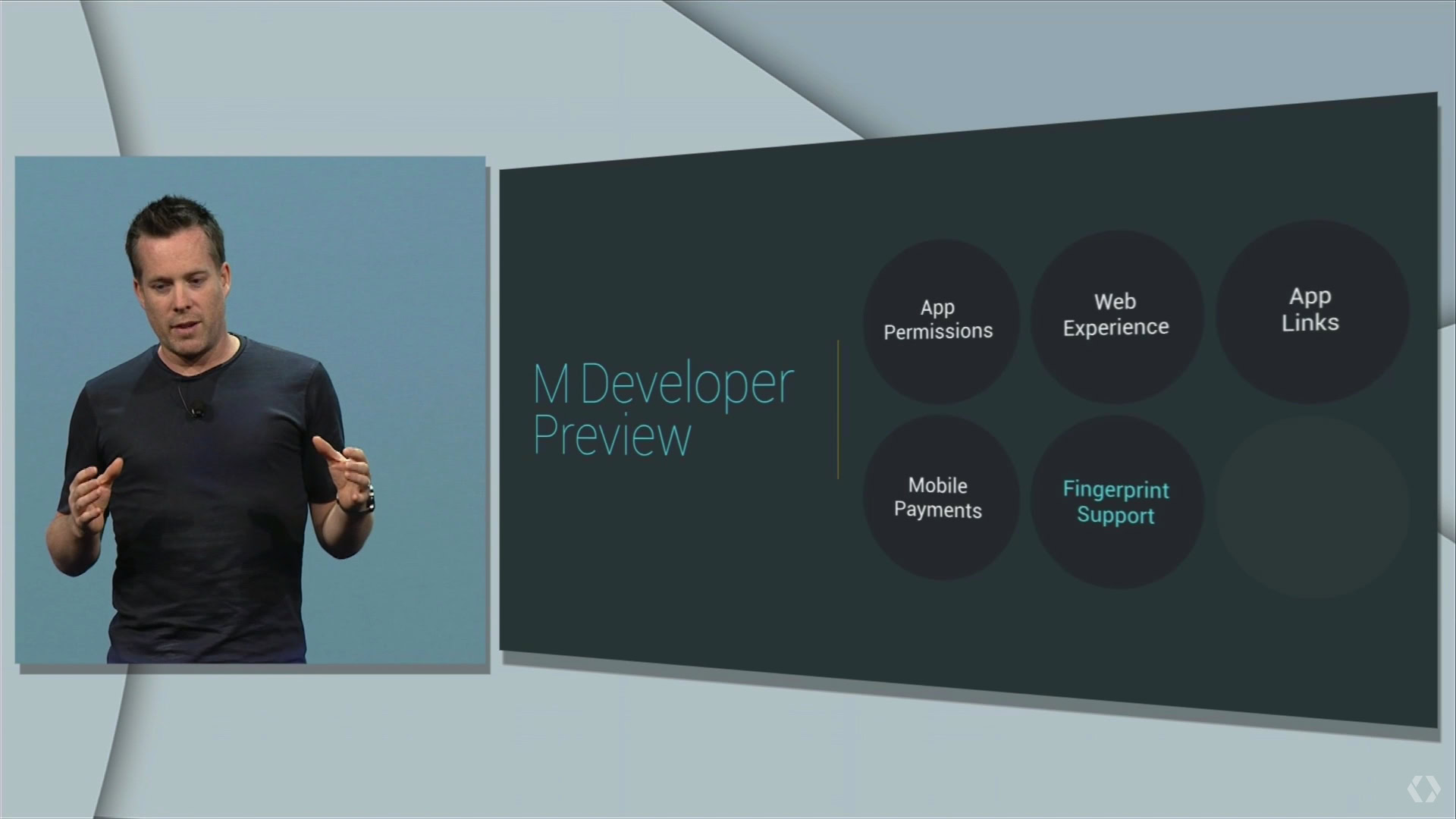
Android M keeps Material Design at the front and center, and at first glance feels like a much more humble upgrade than its predecessor. But don’t let this fool you, there are still plenty of improvements and additions with M with Google aiming to squash tons of bugs and simplify certain features to make our lives easier.
Granular permissions
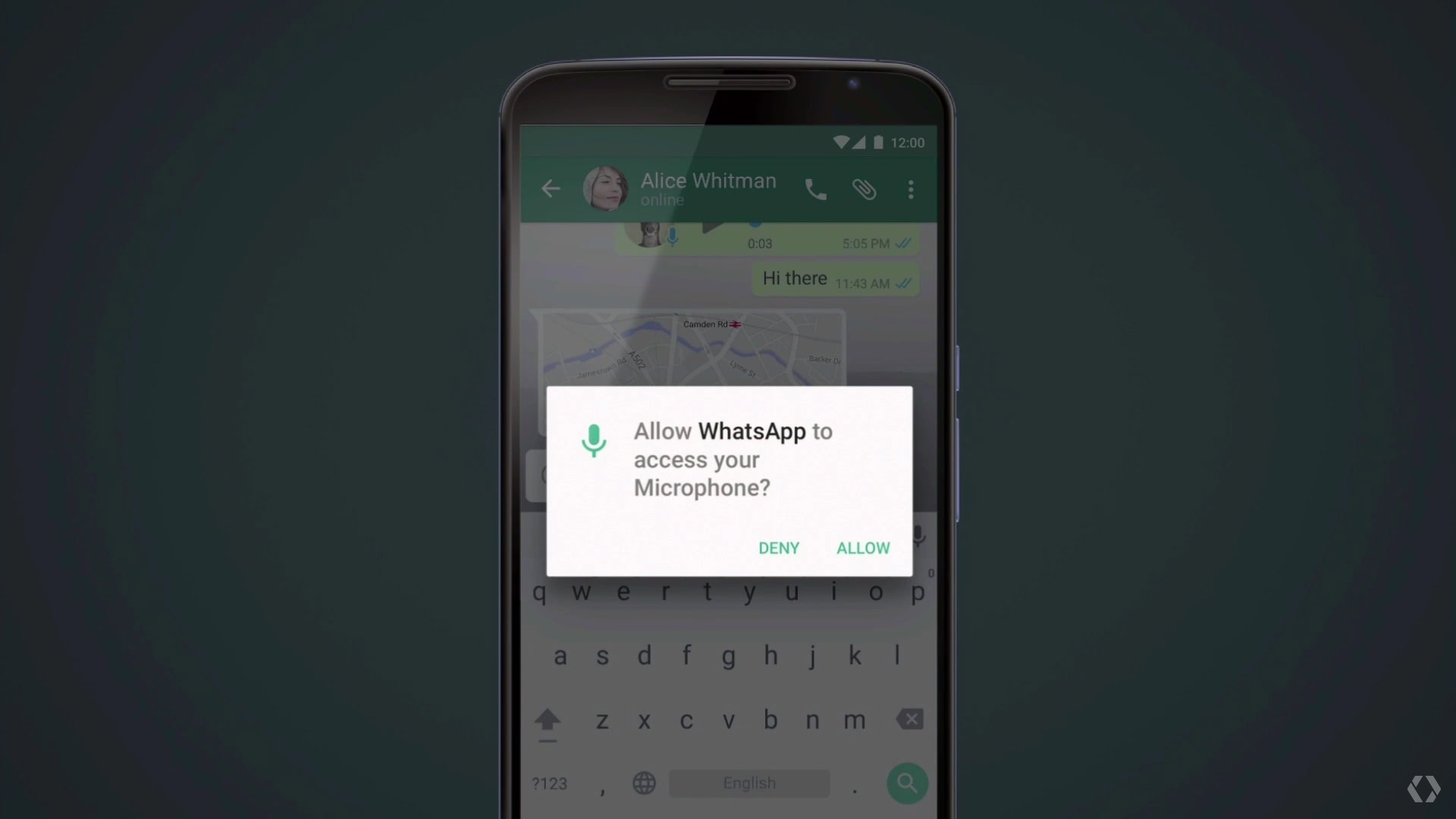
One of the biggest changes is granular permissions support with Android M. In short, you now can approve permissions as you first encounter them, instead of merely granting all permissions when you first install an app. You’ll also be able to go into Settings and add and revoke certain permissions whenever you see fit. The only downside to this new system is that it requires to Android M SDK, and therefore legacy apps won’t allow these granular control until they are further updated.
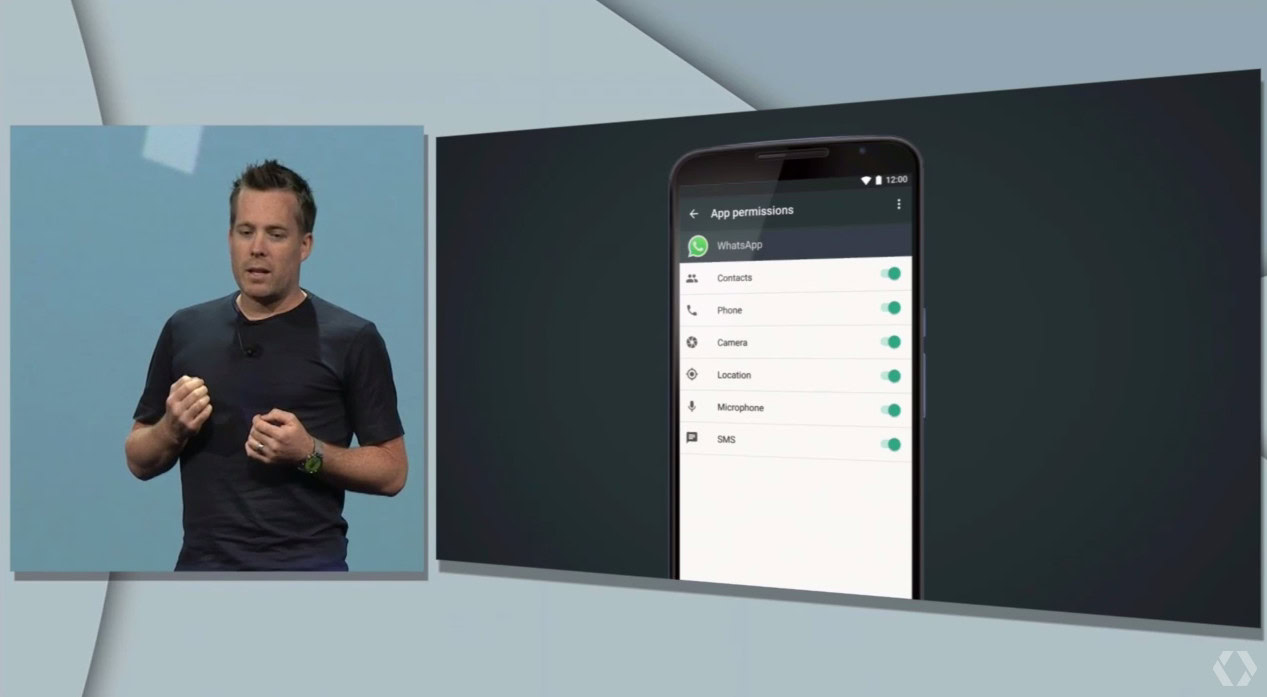
Google is also slightly simplifying the permissions categories, which are now fewer and easier to follow. Because users are now able to deny access to certain permissions, app developers will need to account for it and build their apps so they continue working even if the lack of some permissions deactivates features.
App linking and better intents
Another app related is improved app links that will make it possible for one app to link to a certain section of another app, seamlessly and without any prompt, like you get now when you use the Share function. This works from Google searches too, so you will be able to find app content online and jump straight to it.
Custom Chrome tabs
Android M will bring improvements to WebView, the feature that lets Android apps to open up web pages using Chrome’s rendering engine. With the so called custom Chrome tabs, apps will be able to access a fuller Chrome experience, including access to Chrome states, preserving app sign-in information. That means users won’t have to log in again in the WebView if they’re already logged in with Chrome for that respective page. Other features are the ability to show custom buttons on top of WebView frames and content pre-fetching for faster loading times.
Battery improvements: Doze mode
Doze mode, put simply, allows your device to go to a deeper state of inactivity when you don’t use it for a while, which means it uses less battery. It’s not full-on sleeping, because notifications will still come through and alarms will still ring. It’s an intermediary state aptly called “Doze”.
According to Google, a device with Doze mode can last up to twice as long in standby mode, compared to the same device on Lollipop.
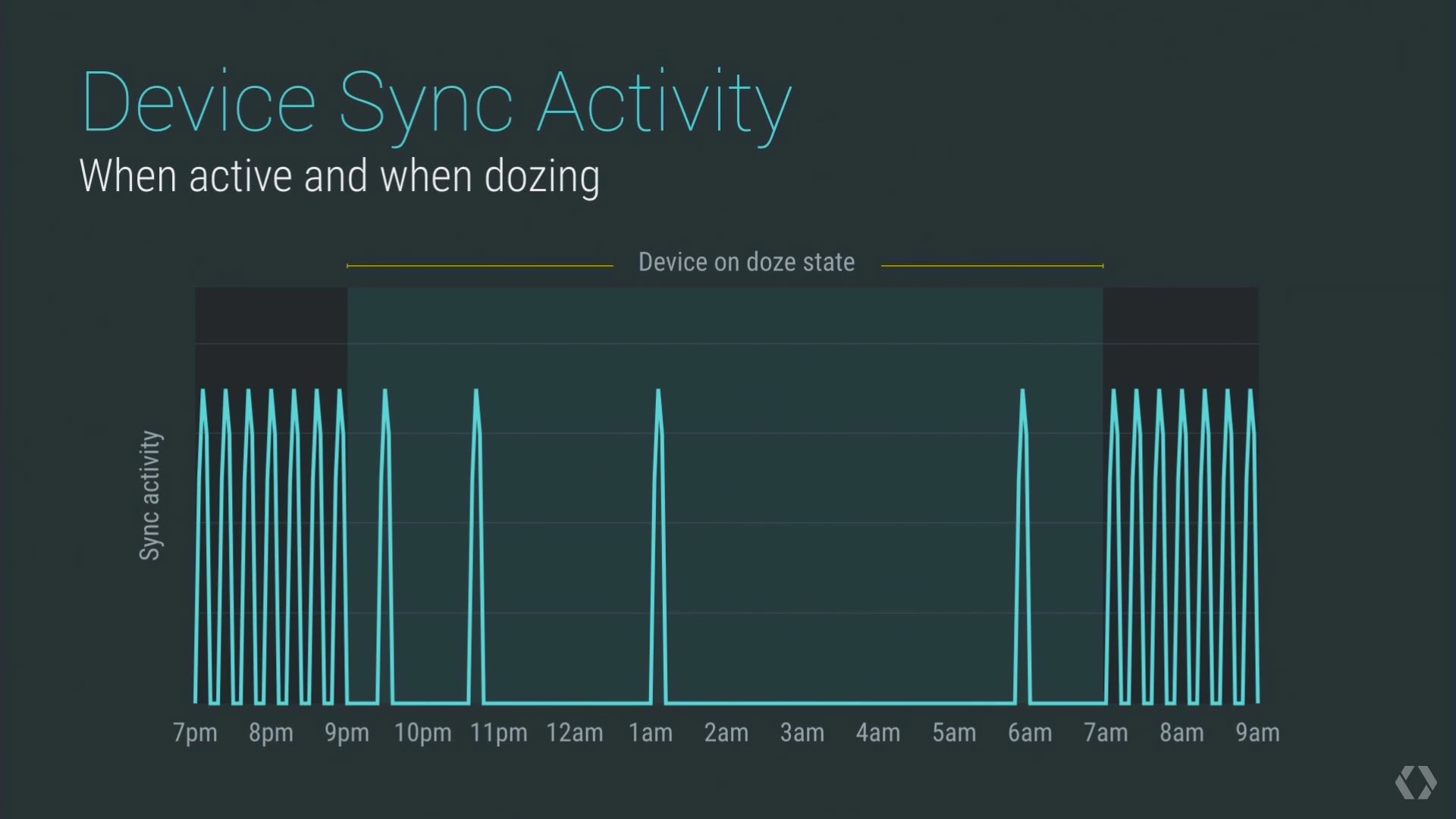
Improved volume controls
Google’s president of engineering Dave Burke joked on stage about the negative reaction to the volume controls introduced with Lollipop, and that’s a major understatement. With Android M, Google is moving to simplify volume controls, but it’s also adding functionality, by allowing you to individually change the volume of certain apps, like music streaming apps, video, alarms, etc. It’s not clear how volume controls will be “simplified”, but we look forward to any improvements.
USB Type C support
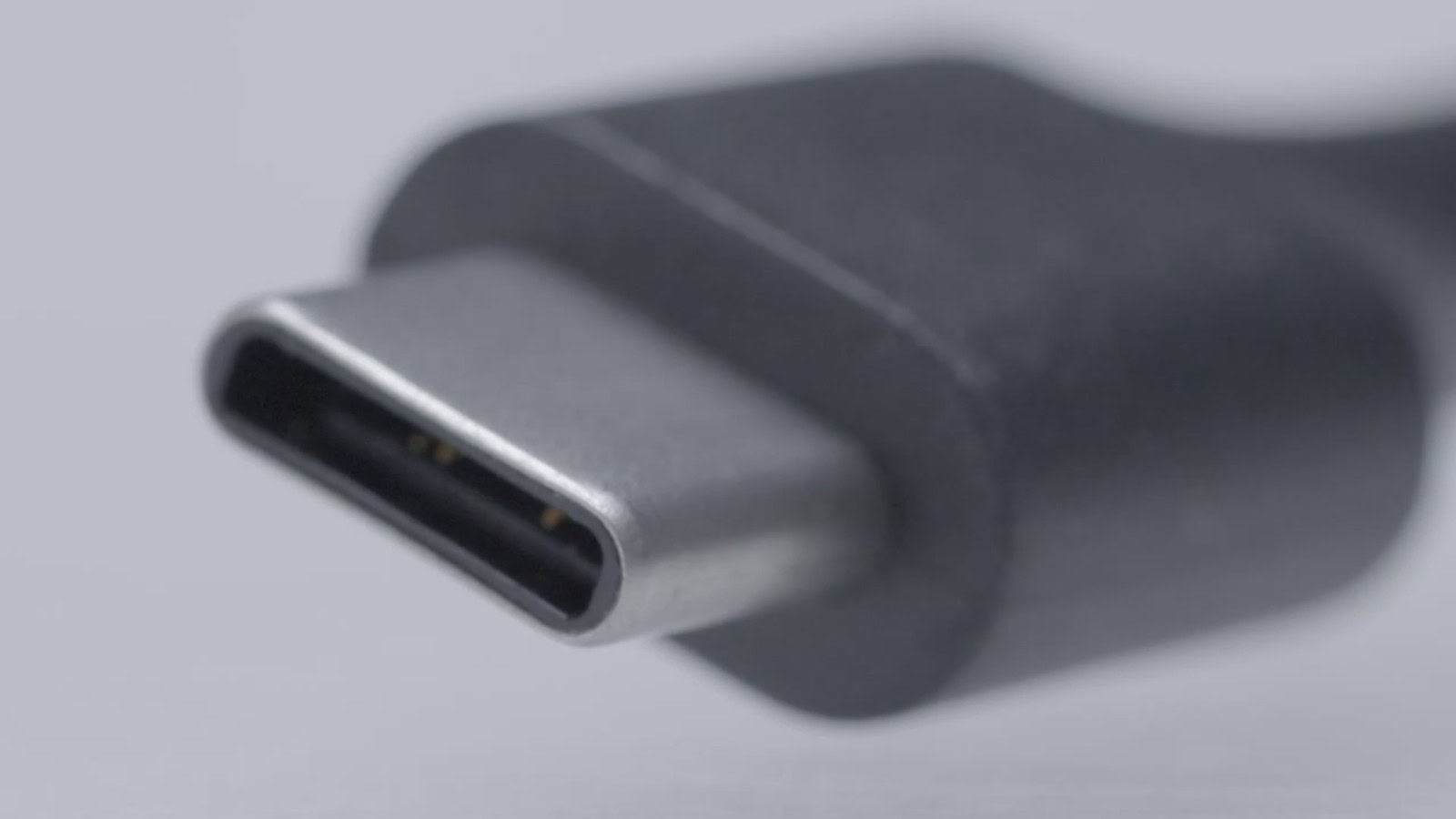
Predictably, Google is adding USB Type C support to stock Android M, which should give a nice impulse to the adoption of the new standard. Type C has a wealth of benefits, but Google chose to highlight reversible charging, which means you can choose which device receives a charge when, for instance, you connect two smartphones through Type C. USB Type C is also compact, reversible, and high capacity.
Android Pay and built-in fingerprint support

Google is also improving the payment process with Android Pay, which will play nicely with Android M’s integrated fingerprint reading abilities — making it even easier to make safe, secure transactions from the phone. Android Pay will be compatible with 700,000 retailers in the US – basically any store that supports NFC or contactless payments will support Android Pay. Google is working with banks and payment processors to ensure wide compatibility for the service, and with carriers (Verizon, AT&T, T-Mobile highlighted) to put Android Pay on new devices.
Because Android Pay will be built into Android M, users won’t have to open up an app to authorize a transaction. They will be able to just tap their device on the reader to pay, and move on. Google is also bringing “Buy with Android Pay” to apps, so users will be able to pay with just one tap, without having to enter their credit card details.
Back to fingerprint support, this was a feature that many Android OEMs have added to their custom versions of Android, but now that Google is building it into Android M, we can expect wider availability of the feature. An SDK will allow devs to tap into Android’s fingerprint sensor, allowing fast and secure authentication in a variety of scenarios.
Now on Tap
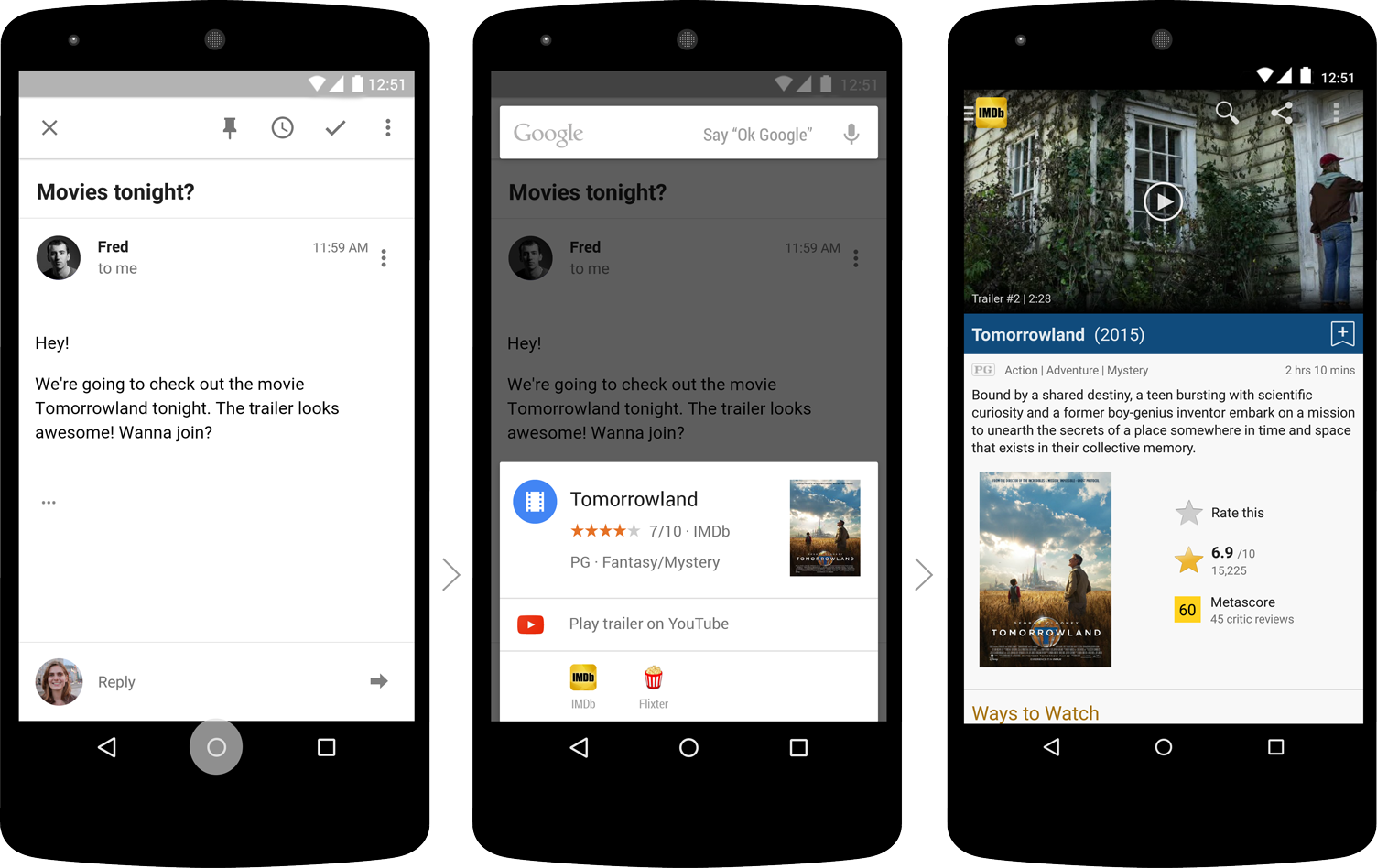
Google wants to make Google Now much more accessible; right now, the service is available from the home screen or through the Ok, Google command, but it’s not aware of what the user is doing. With Google Now on Tap, the user can long press the home button to launch Google Now, which will populate with context-specific cards. So if you’re discussing a restaurant with a friend in Hangouts, calling Now on Tap will show cards about restaurants and how to get there.
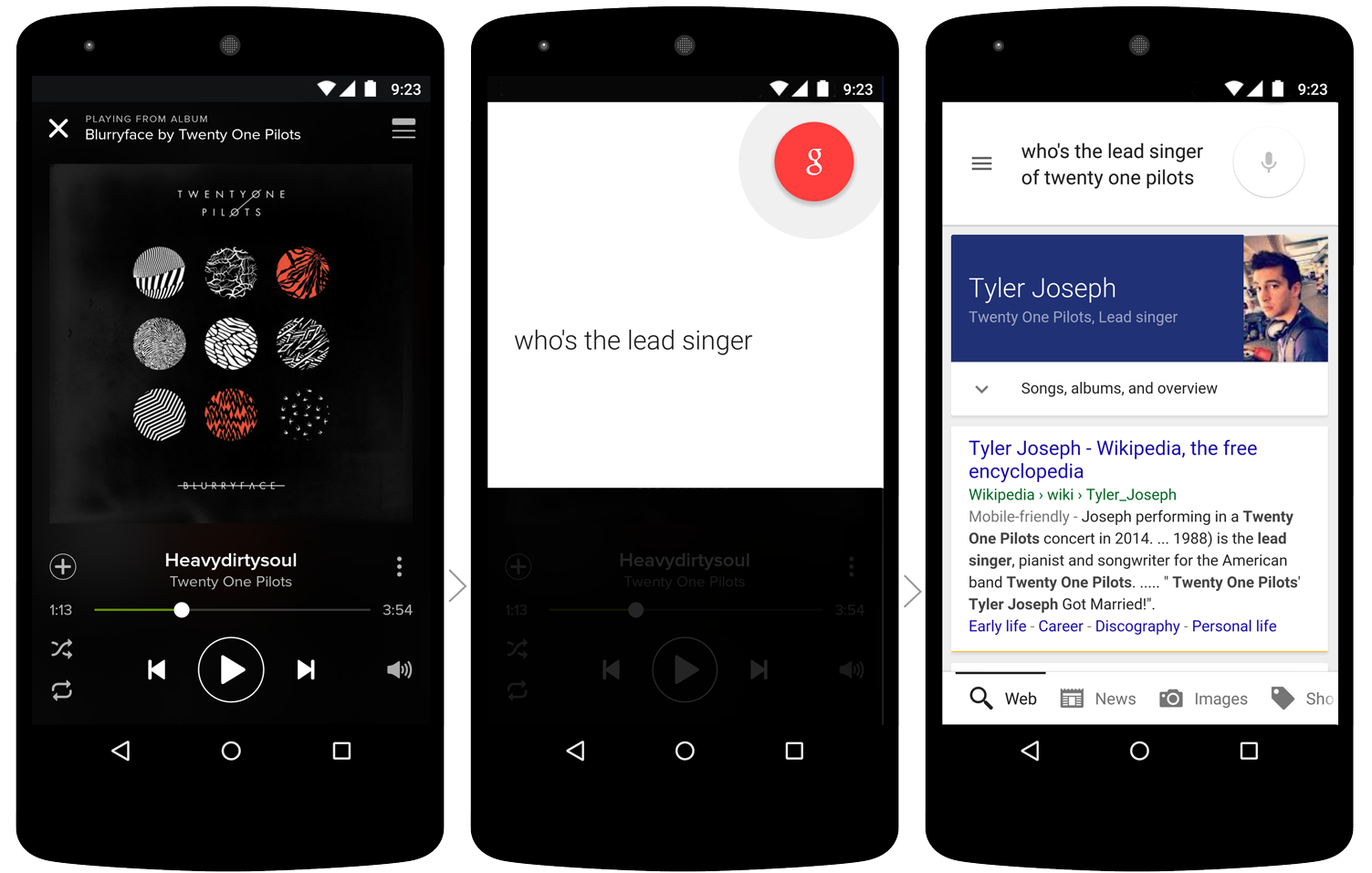
Now on Tap will even be able to understand generic questions like “who plays this?” when you listen to something in Spotify.
App state backup
All apps installed on devices running Android M preview have app backup turned on by default. That means app settings and data will be saved to Google’s cloud, so when you move to a new device, your apps will automatically be restored with your preferred settings. This is actually a major feature, and it’s odd that Google chose not to mention it during the keynote. However, app data backup is mentioned in this post on Google’s developers site.
Developer preview going out today – consumer release in Q3
We can tell you that a developer preview is heading our way later today for the Nexus 5, Nexus 6, Nexus 9 and Player with Q3 release expected for the final software.
Check out our other Google I/O coverage and let us know your thoughts! More in-depth posts are coming throughout the day.